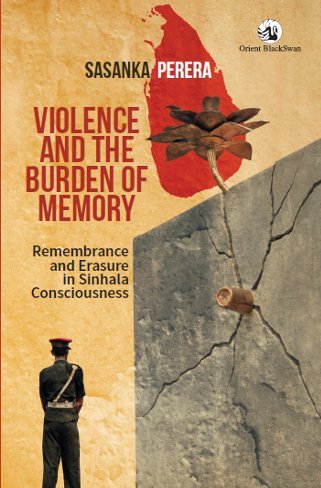The opening episode of Sasanka Perera’s new book, Violence and the Burden of Memory; Remembrance and Erasure in Sinhala Consciousness is about his own memory of a school friend, Anura. An intrepid young man, Anura joined the Sri Lankan army, and became a folk hero for his daredevil actions in the battlefield, hunting down the LTTE snipers. Before long Anura, riding atop an open military jeep in his usual style, was the target of an LTTE sniper. Anura probably died before death in the war became an object of ritualistic public remembrance, sponsored by the state, or by voluntary groups. As in many other similar cases, his immediate family may have had private memorials at home, with his photograph in military uniform. In the absence of a dedicated public monument, the memory of Anura, as Sasanka Perera notes, slowly moved into the zone of erasure. However, and before long, and when the degree of violence intensified with huge numbers of war deaths and soldiers missing in action, Sri Lanka’s public culture of war began to produce war memorials along with an officially promoted new discourse of war heroes.
These memorials were initially established not to celebrate any particular war victory, because there were no victories to celebrate at that time. They were established to publicly remember as a gesture of thanksgiving for, as well as glorification of, the casualties of war’s combatants and the armed forces in general.

